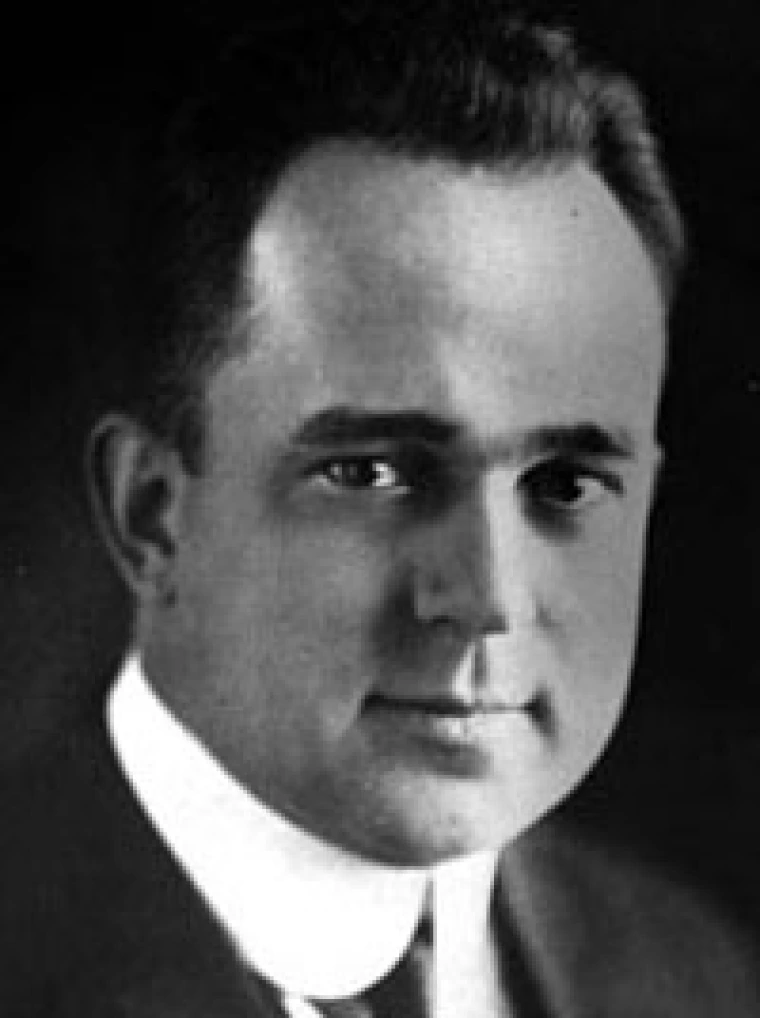Cloyd Heck Marvin

Years: 1922-1927
Presidential Order: 8th President
The Board of Regents announced the appointment of Cloyd H. Marvin as the eighth president of the University of Arizona on Sept. 1, 1922. He had been assistant professor of commerce and a program director at the University of California, Los Angeles, before coming to Tucson. He held a doctorate from Harvard University.
Within a month of his appointment, the new president made a recommendation to the Board of Regents to reduce the University’s 49 departments to 28, questioned the reappointment of about a dozen faculty members, and vetoed the new faculty constitution. He was seen as dictatorial, rarely consulting with others about changes he made. He did raise faculty salaries and, in 1924, enjoyed seeing the University receive full accreditation from the Association of American Universities.
In 1922, a University polo team formed and two years later it became the first university team to be invited to participate in a national athletic championship. Marvin convinced the powers-that-be to fund a new library in 1925 and a new gymnasium in 1926. The former is now the Arizona State Museum and the latter is known as Bear Down Gymnasium. In 1923, the Arizona Alumnus was first printed, and the alma mater “All Hail, Arizona!” was adopted in 1926. Tennis courts were built, campus streets were paved, and underground conduits for utility lines and pipes were laid. The University fared well with funding from the Legislature for campus improvements.
Despite improvements in the campus’s appearance, student and faculty morale declined. Students, including John Byrd "Button" Salmon, the president of the student body, went on record questioning the president’s honesty and ethical conduct. Faculty pointed out his untrue claims about enrollment growth and funding and indicated that he was the primary reason the University underwent two investigations by the American Association of University Professors. There was a general consensus that he was neither admired nor trusted. Some faculty members, like novelist Harold Bell Wright, supported him. Others, like C.D. Anderson, testified to his misuse of statistical data and facts. Sides were taken. The Board of Regents deadlocked.
In 1927, Marvin resigned to become the president of George Washington University, a well-endowed private institution in Washington, D.C. He remained there until his retirement in 1959, despite controversies similar to those he encountered at the University of Arizona. He died at the age of 79.

